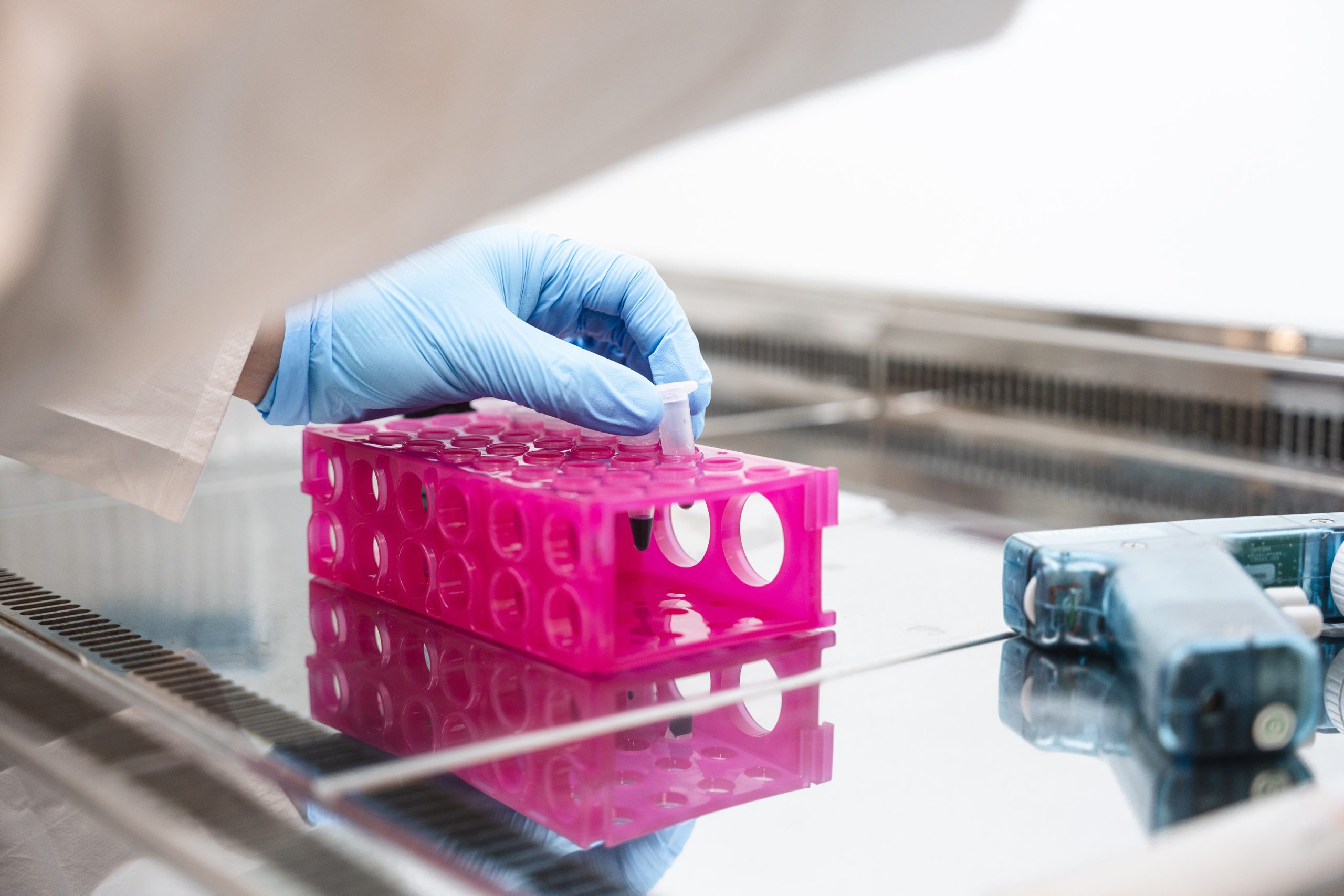Dr Mark Eccleston, Inaphaea director and CEO of our parent company ValiRx PLC, discusses CytoLytix – a joint venture between ValiRx and King’s College London that focuses on developing treatments for triple-negative breast cancer, one of the most aggressive and hard-to-treat forms of the disease.
With work on CytoLytix well underway in the Inaphaea lab at MediCity Nottingham, Mark dives into the mechanisms behind the CytoLytix peptide and its potential to treat other forms of cancer.
As a spin-out from ValiRx, Inaphaea provides testing services that generate the necessary data, analysis, and insights to aid decision-making in the development of customer projects, including those in ValiRx’s portfolio. ValiRx’s unique model of evaluating and in-licensing promising assets from universities and small pharma companies enables us to prioritise science with strong commercial potential, ensuring that innovative discoveries make their way into clinical development.
A key asset currently in development is CytoLytix, an oncolytic peptide that selectively targets cancer cells by creating holes in their membranes. The CytoLytix peptide is designed to selectively target cancer cells, and the mechanism of action also opens the door for its use in combination therapies with standard of care drugs and immuno-oncology approaches. These combination approaches open up partnering opportunities to potentially revolutionising cancer treatment.
Understanding CytoLytix
As well as directly killing cancer cells, CytoLytix can release antigens that stimulate the immune system, creating a synergy with immuno-oncology therapeutic approaches. The activated immune cells can, in principle, then attack other cancer cells not only within the main tumour but at metastatic sites. In addition, the perforations in the cells can allow other access to other drugs, providing further synergy with small molecule therapeutics.
Ultimately, the ‘USP’ for the CytoLytix approach is its tumour selectivity. Whilst other oncolytic peptides have been evaluated, they tend to be non-specific for cancer cells, meaning they need to be injected directly into the tumour. The advantage of our approach is the potential to administer systemically, like a normal small drug.
Treatment potential
With CytoLytix, our primary focus is on triple negative breast cancer. This rare form of cancer has a highly unmet clinical need with a market potential of $1.5bn. We have also identified opportunities to expand these indications through partnerships and collaborations, allowing us to look at pan-cancer potential across a range of indications. In line with this, we recently announced a PhD studentship and grant funding from the Open University to expand the research into a very aggressive subtype of prostate cancer (neuroendocrine), which represents a significant $11.5bn market.
Looking ahead, we will be using funding raised through ValiRx to take CytoLytix forward through the pre-clinical pathway. It will also be used to exemplify the synergies with other therapeutic described above, building out the potential for deals with companies working in these specialist therapeutic areas.
To find out more about CytoLytix, click here.
